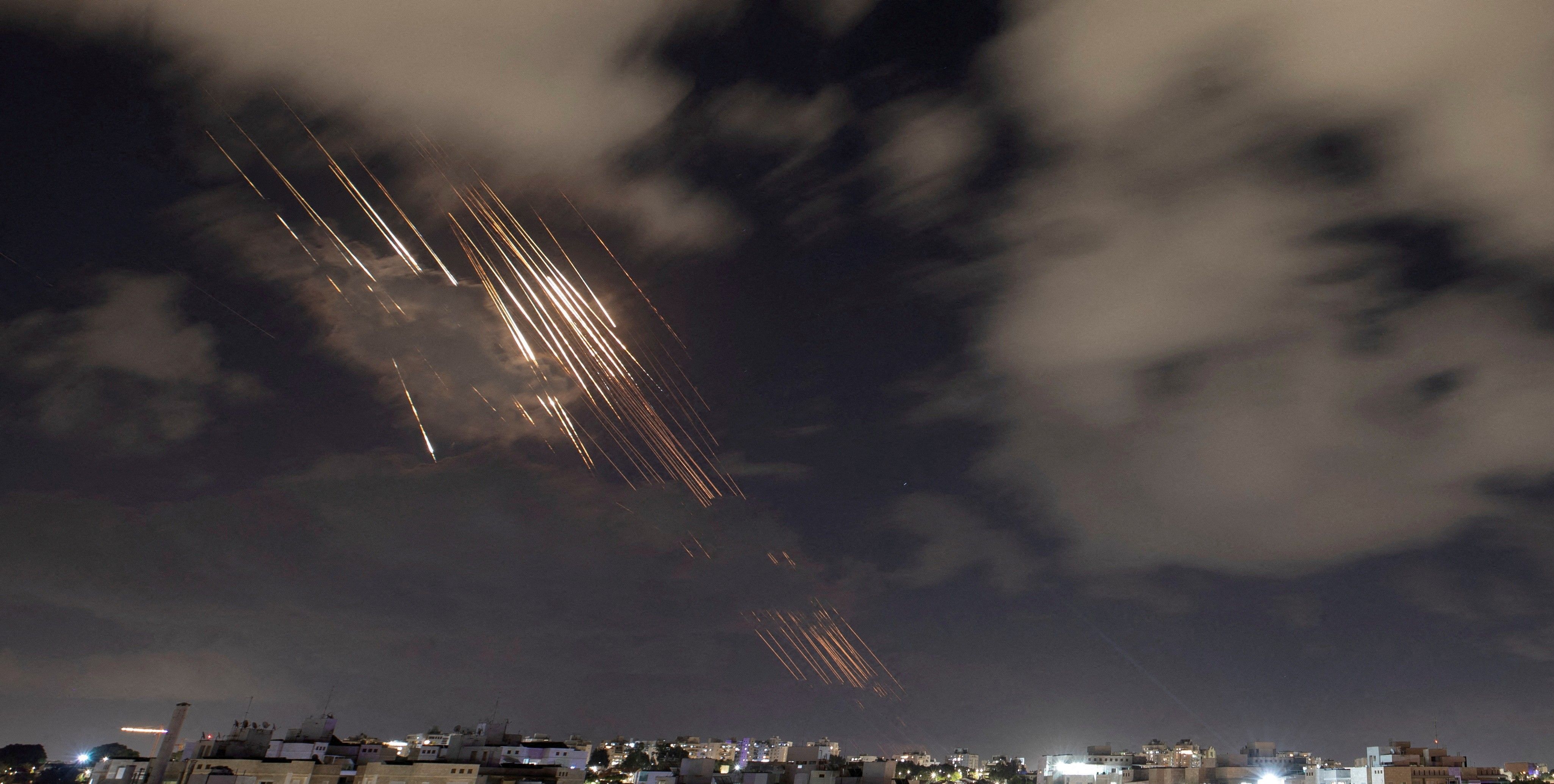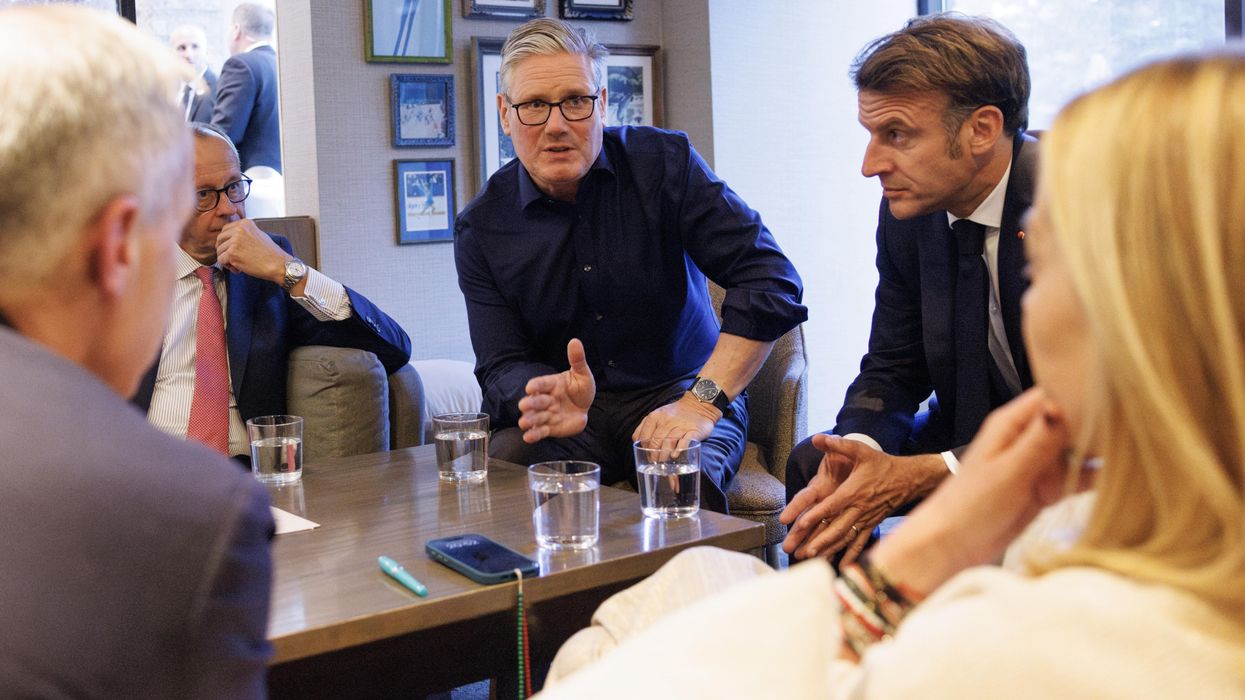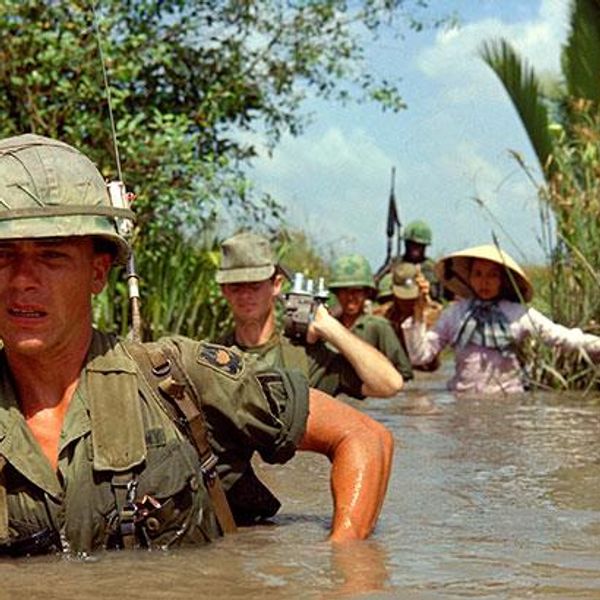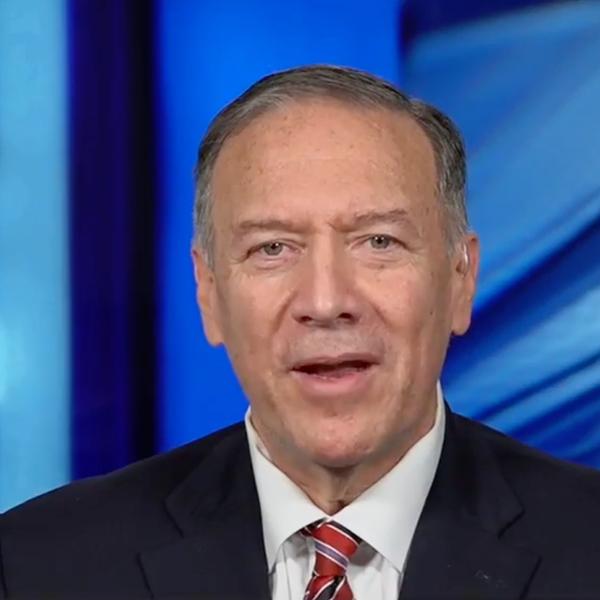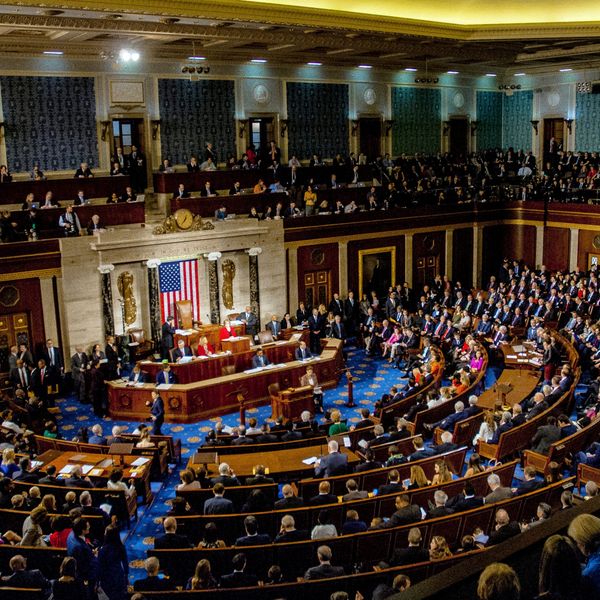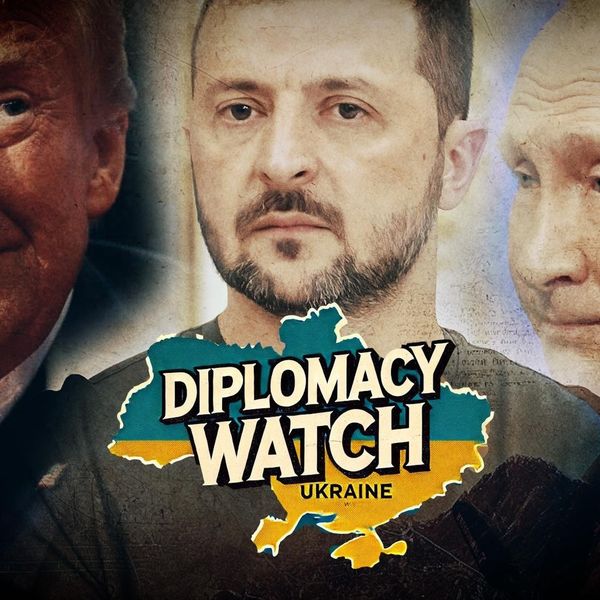As the Trump administration proceeds full speed ahead on its Golden Dome missile defense project, U.S. officials and engineering experts alike suggest it's a next to impossible undertaking.
Gen. Michael Guetlein, Space Force vice chief, likened Golden Dome to the WWII-era Manhattan project, which created the atom bomb. Acting DoD official Steven J. Morani called it a “monster systems engineering problem.” Trump himself compared it to President Ronald Reagan’s 1983 Strategic Defense Initiative (SDI), or “Star Wars,” a space-based defense system that never made it past the drawing board.
Previously called “Iron Dome for America,” the Pentagon describes Golden Dome as a missile defense system similar to Israel’s “Iron Dome," which intercepts incoming projectiles with missiles, scaled up to protect the entirety of the United States from aerial threats. The project was made official with a January 27 executive order.
Advocates emphasize Golden Dome’s significance — describing it as critical for the defense of the U.S. amid increasingly perilous geopolitical conditions. But the project’s questionable feasibility — and likely exorbitant price tag — leaves observers skeptical that the project amounts to little more than a contract generator, all while harming prospects for peace.
The weapons industry goes to bat for Golden Dome
For its part, the U.S. has put nearly $3 billion toward Israel’s Iron Dome’s production, equipment, and maintenance since 2011. Understanding that the American version won’t likely operate quite the same way due to our continent’s sheer size, the Defense Department has requested industry input.
Contractors have sent the Pentagon over 360 company concept papers for consideration. They’re also publicly gunning for a role — weapons industry mainstay Lockheed Martin, for example, has published a web page and even a teaser trailer boasting of its capacities.
“We’re a major partner in Israel’s Iron Dome today,” RTX (formerly Raytheon) Chief Executive Chris Calio likewise pointed out in late January, upon Trump’s executive order for Golden Dome. “It's the bedrock of Raytheon…we view [America’s Golden Dome project] as a significant opportunity for us, something right in our wheelhouse.”
Execs from defense tech startup L3Harris, likewise, expressed their ability and eagerness to assist in an op-ed for Breaking Defense. “With a portfolio of proven capabilities in countering air and missile threats, we’re ready to assist [Trump’s] administration in achieving this goal,” Ken Bedingfield and Ed Zoiss wrote. The Pentagon is also reviewing a proposal for a similar defense system sporting tech from Anduril, Palantir, and SpaceX.
And counter-drone systems producer BlueHalo’s CEO, Jonathan Moneymaker, even pushed for scope creep in an interview with Business Insider, suggesting that — by bringing on state-of-the-art defense and AI-backed tech — the Golden Dome project could become a more holistic threat response system, rather than one more narrowly focused on projectiles. Naturally, the move would require "the full might of the Defense Industrial Base."
But the industry’s Golden Dome fervor should, considering its track record, be taken with a grain of salt.
“It is interesting to see how quickly defense contractors have allied themselves with President Trump’s call for a Golden Dome missile shield,” Project on Government Oversight national-security analyst and Bunker columnist Mark Thompson told RS. “Contractors’ statements about how well they can build a missile shield would carry more weight if they reflected the reality of the weapons they are currently producing.”
Thompson added, “While Lockheed talks about the need for such a Golden Dome, its F-35 fighter currently is ready for action only about 50% of the time.”
Is Golden Dome even possible?
Other feasibility issues chip away at Golden Dome’s viability. For example, Israel’s Iron Dome can intercept shorter-range projectiles deployed by regional neighbors. But if the U.S. were to be hit, it may well be targeted with intercontinental ballistic missiles (ICBMs) — something Iron Dome can’t currently counter.
“The system [Golden Dome] borrows part of its name from — Israel's Iron Dome system — is only designed to defend against short to medium-range missiles. It would be of no use against an incoming intercontinental ballistic missile,” said William Hartung, a Senior Research Fellow at the Quincy Institute for Responsible Statecraft.
While the Pentagon can try to develop a system prepared for ICBMs, previous attempts haven’t been successful. “Long-range interceptors have failed many tests, and those tests were considerably less rigorous than an actual attack would be…that a new initiative would do better is both unproven and unlikely,” Hartung explained.
To defense contractors, this ICBM problem simply presents itself as another challenge, where they say some of Golden Dome’s work, complete with space-based lasers and radars, could take place beyond the atmosphere. "If [long-range] weapons maneuver around [our current defense] systems, that means our current architecture can't provide fire control ordnance,” L3Harris’ Zoiss told Fox News. “And, therefore, it has to be moved to space.”
In contrast, Pentagon insiders don’t even seem to know how Golden Dome would work in practice. “Right now, Golden Dome is, it’s really an idea,” a source familiar with internal discussions surrounding the project told CNN, emphasizing the project’s conceptual nature.
Meanwhile, the likelihood of long-range attacks Golden Dome would theoretically protect against is questionable. “It is not in the interests of either China or Russia to launch kinetic strikes to damage the U.S. homeland early in a crisis as this would likely draw the United States deeper into a conflict,” Xiaodon Liang, senior policy analyst at the Arms Control Association, wrote.
What is clear is the project’s likely-hefty price tag, even as the DoD moves (at least nominally) to cut costs. Former Pentagon comptroller Dov Zakheim supposed that Golden Dome could cost $100 billion per year through 2030. Going further, Ret. Air Force Lt. General Richard Newton told NewsNation that the Golden Dome system could cost $2.5 trillion.
“I’m not opposed to the idea of having a system like [Golden Dome] but it’s not just, the idea pops into one guy’s head and we should just suddenly spend hundreds of billions of dollars on it,” Sen. Mark Kelly (D-Ariz.) mused at a March 13 Punchbowl News event on space policy.
And experts fear that Golden Dome will inflame already existing geopolitical tensions, or even encourage an arms race — where nuclear warheads, which can be attached to ICBMs — could be involved.
“Even if the United States were to sink hundreds of billions, or even trillions…into an exquisite new national missile defense program, how much return would we get on such a program if it would only encourage adversaries to build more cheap missiles?” Geoff Wilson, Distinguished Fellow and Strategic Advisor for the National Security Reform Program at the Stimson Center, asked of the project. “Such actions would do little to further American security and likely would only waste taxpayer dollars on an impossible Oval Office talking point while further inflaming a new global nuclear arms race that is putting every man, woman and child in this nation and around the globe at risk.”
“The only reliable defense against nuclear-armed missiles is to reduce the chances that they will be launched in the first place, which calls for a revival of arms control talks between the U.S. and Russia, and a dialogue on future nuclear developments with China,” Hartung said.

